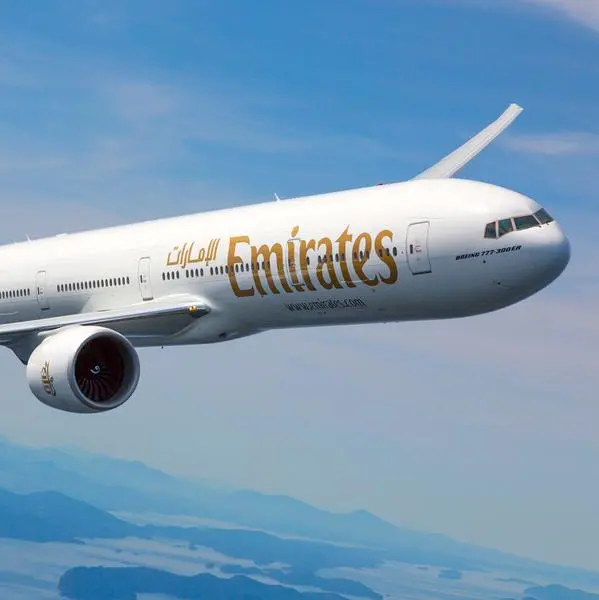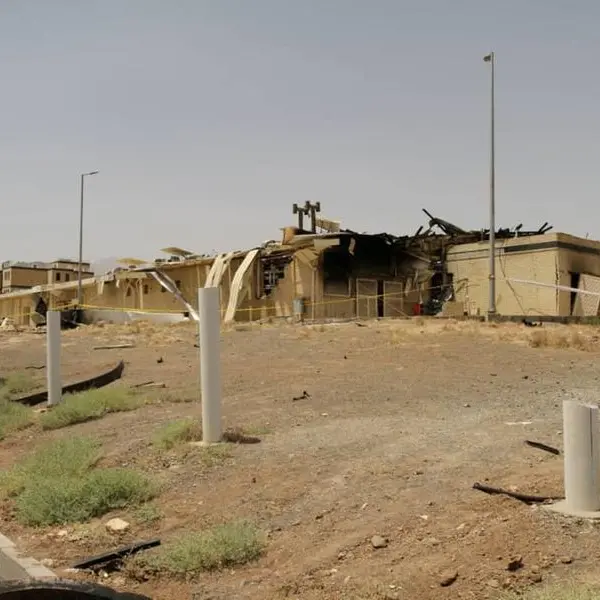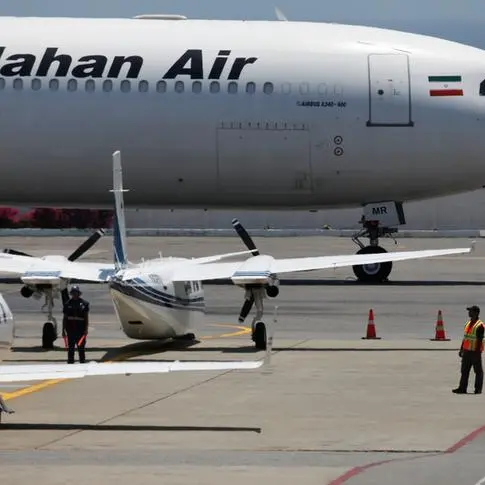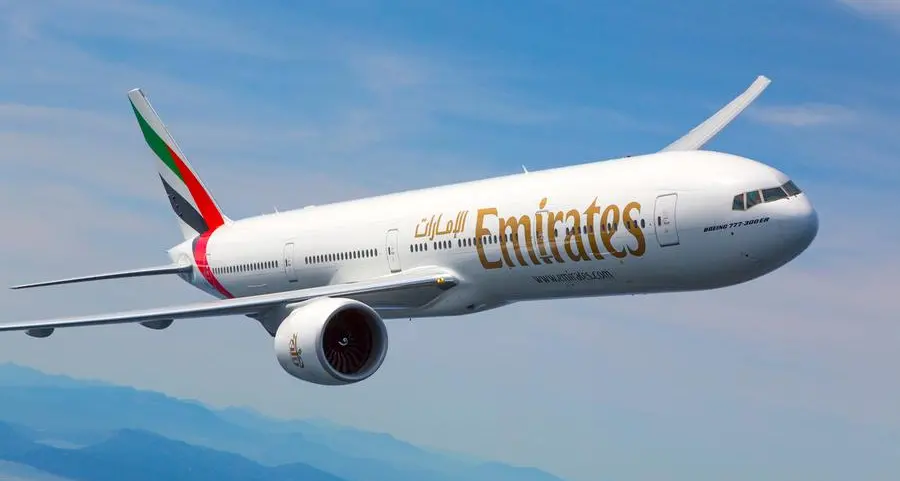Neural Propulsion Systems, or NPS, on Wednesday released a product aimed at packaging all the sensors needed to guide a self-driving vehicle, a departure from most other players in the field.
The Pleasanton, California-based company's first product contains multiple sensors to help self-driving cars navigate: cameras, three types of radar sensors and a proprietary lidar sensor, which uses laser beams to help generate a three-dimensional map of the road.
The company is entering a crowded field for self-driving sensors, with several lidar companies such as Luminar Technologies Inc and Velodyne Lidar Inc already publicly listed and others such as Ouster Inc and Aeva Inc in the process of going public.
Those rivals are focused on providing the key lidar sensor, leaving it to automakers or technology firms to combine them with other sensors to form a complete self-driving system. Intel Corp's INTC.O Mobileye and Alphabet Inc's Waymo, for example, are developing systems for robotaxis - vehicles that will autonomously ferry passengers for ride-hailing services - using cameras, radar and lidar.
NPS aims to offer its package of sensors for about $4,000 to $5,000 per vehicle. By comparison, Mobileye is developing a system with multiple sensors that it expects will cost between $10,000 and $20,000, the company's chief executive told Reuters in December. NPS's lidar unit also employs a technique used in wireless communications to provide better coverage.
Instead of sweeping a single laser beam across the scene and reading the light as it bounces back, it shoots more than 100 beams out at different angles, and uses an algorithm running on a proprietary computing chip to sort out the data.
"The heavy lifting is all done with math," Behrooz Rezvani, NPS's chief executive, said in an interview.
NPS said it plans to start shipping test units later this year.
Angelos Lakrintis, an analyst with Strategy Analytics, called the company's effort "very ambitious" because its lidar and radar technologies have not been used in the automotive sector before -- they have been used in the defense sector -- and because it will rely on custom chips it has yet to fully develop.
“It’s three kinds of sensors. It’s a huge amount of data. It's going to be challenging,” Lakrintis said.
(Reporting by Stephen Nellis in San Francisco; Editing by Leslie Adler) ((Stephen.Nellis@thomsonreuters.com; (415) 344-4934;))











